SCENARIO 18-9
What are the factors that determine the acceleration time (in sec.) from 0 to 60 miles per hour of a
car? Data on the following variables for 171 different vehicle models were collected:
Accel Time: Acceleration time in sec.
Cargo Vol: Cargo volume in cu.ft.
HP: Horsepower
MPG: Miles per gallon
SUV: 1 if the vehicle model is an SUV with Coupe as the base when SUV and Sedan are both 0
Sedan: 1 if the vehicle model is a sedan with Coupe as the base when SUV and Sedan are both 0
The regression results using acceleration time as the dependent variable and the remaining variables
as the independent variables are presented below. 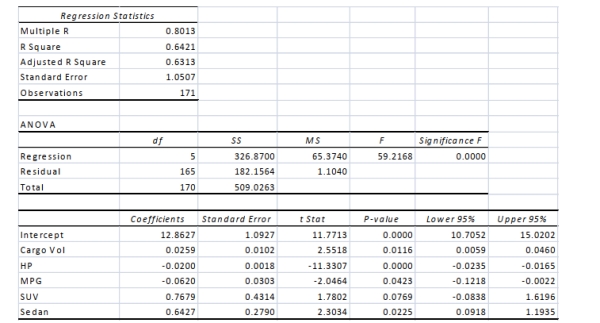 The various residual plots are as shown below.
The various residual plots are as shown below. 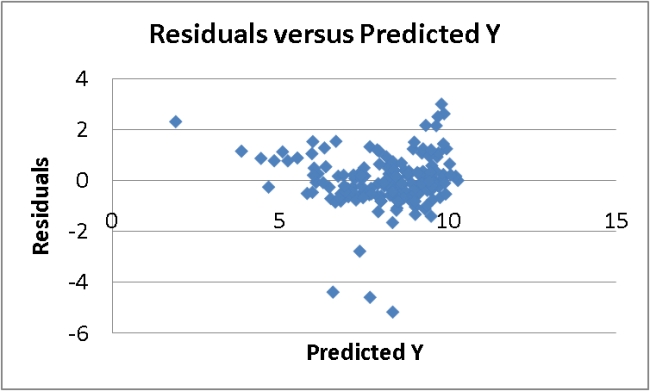
A Roadmap for Analyzing Data 18-63 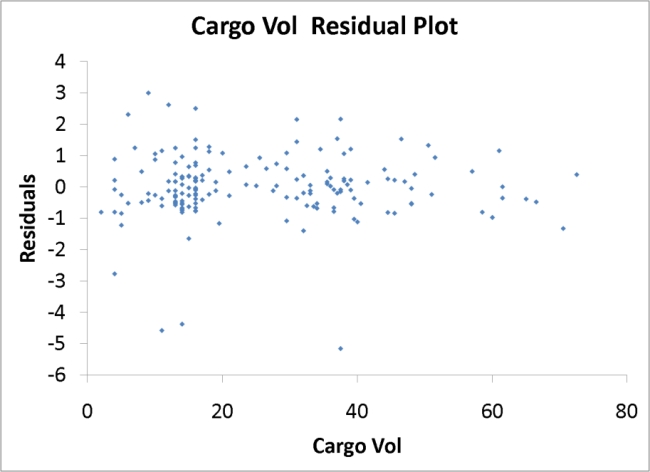
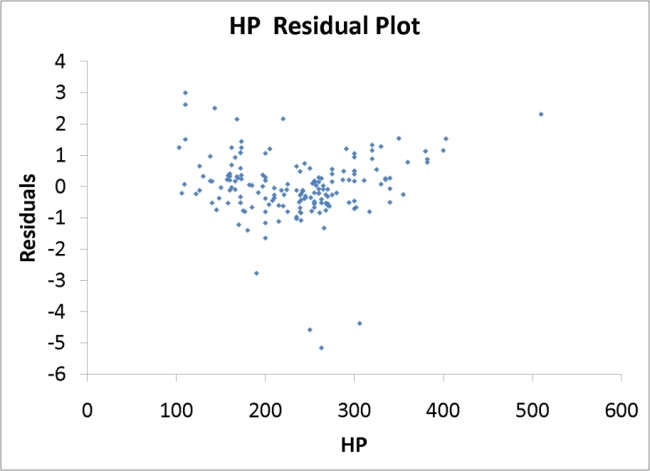

18-64 A Roadmap for Analyzing Data 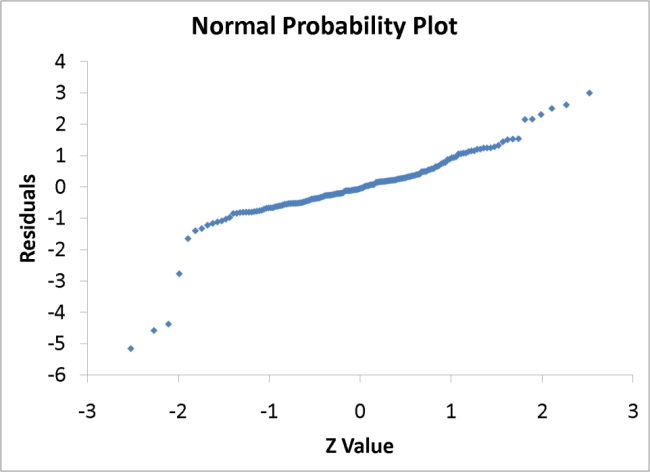

-Referring to Scenario 18-9, what is the correct interpretation for the estimated coefficient for
MPG?
Definitions:
Discount
A reduction in the price of goods or services, typically offered to prompt sales or recognized in the context of financial instruments.
Credit Analysis
The process by which a lender evaluates the creditworthiness of a potential borrower, assessing the ability to repay a loan.
Likelihood
The probability or chance of an event occurring or a hypothesis being correct.
Pay
Remuneration given by an employer to an employee for their labor or services.
Q2: Suppose that <span class="ql-formula" data-value="x"><span
Q13: Suppose that you want to perform a
Q40: True or False: Referring to Scenario 15-4,
Q48: True or False: An in-control process must
Q55: Referring to Scenario 13-4, the managers of
Q64: Referring to Scenario 13-4, the managers of
Q66: <img src="https://d2lvgg3v3hfg70.cloudfront.net/TB2675/.jpg" alt=" " class="answers-bank-image d-block" rel="preload"
Q73: A researcher was interested in comparing
Q80: An investor wanted to forecast the price
Q81: True or False: From the coefficient of